Paris, France, on the 3rd of June 2025
Artefact, the European leader in artificial intelligence and data, announces the development of its first-ever AI-driven robots, at a time when robotics is entering its own “ChatGPT era”. Artefact has adapted and developed control and reinforcement learning algorithms to create interactive experiences using robotic arms. This exploratory initiative was conducted over a short timeframe, with experiments that were deliberately distinct and complementary, both in terms of algorithms and interaction. With Rob’Art, Artefact is anticipating the rise of intelligent robotics and developing solutions with a tangible impact for businesses.
Watch the demo
VivaTech 2025
At its VivaTech booth, Artefact proudly presents three robots animated through concrete use cases, demonstrating the capabilities and potential of embodied AI:
- Rob’Art Loop: The infinite loop of motion. This playful circuit involves the robot grabbing a ball, lifting it up, and releasing it onto a colorful, fairground-inspired track. The gesture is repeated seamlessly, creating a hypnotic loop that is both precise and poetic. LoopIA is a demonstration of reinforcement learning applied to robotic manipulation, where the machine appears to be engaged in a mesmerizing mechanical ritual.
- Rob’Art Draw: The creative AI assistant. A robotic artist that draws the objects you request. This project allows us to explore robotic precision and the ability to generate creative outcomes on demand — paving the way for customized, on-demand solutions in various creative and industrial contexts..
- Rob’Art Play: The interactive AI player. A robot that playfully engages in a game of “Guess Who?” with humor. Our focus was on creating smooth, entertaining voice interactions between the player and AI-controlled characters. Beyond amusement, this demonstration showcases the seamless integration of agent-based AI within a robotic setting. It illustrates how conversational AI can now command robots, bridging the gap between GenAI (generative AI) and future “robotic agents” capable of smart interactions with the physical world.
AI is entering the physical world
Will robotics be experiencing its “ChatGPT moment” in the coming months? Demonstrations from the U.S. (Boston Dynamics) and China (notably with a humanoid marathon) have at the very least opened the conversation to a wider audience. Many research labs have reported impressive results by linking LLMs (Large Language Models, such as those behind ChatGPT) with robots. Recent breakthroughs in reinforcement learning now allow humanoids to perform increasingly complex tasks, guided by voice commands. The impact of AI — a continuation of the ChatGPT revolution — is now breaking out of computers and into our physical world.
Robotic AI agents: Major business opportunities
Industrial applications abound and offer significant opportunities for businesses — from manufacturing (automation, quality control, maintenance), to healthcare (daily assistance), tourism (reception, guides), and education (interactive tutoring, inclusive support). Faced with these prospects and the many challenges that follow, the Artefact Research Center has taken up a bold challenge, drawing on the diversity of Artefact’s expertise by building and developing three robotic applications featuring innovative human-machine interaction, while testing emerging technologies.
Methology and approach
The challenge Artefact has set for its teams aligns with its open-source ethos. These projects are based on robotic arms based on Hugging Face’s “LeRobot” project, with open-source blueprints and code, at a modest cost of about €200 per arm. Artefact overcame hardware challenges by replacing some motors to achieve more precise motion.
From an algorithmic perspective, Artefact also innovated: teams replicated and adapted forward kinematics algorithms (defining arm position from a command) and inverse kinematics algorithms (finding the optimal command for a target motion). They tested the limits of various motion control strategies. While reinforcement learning enables a greater diversity of movements, it is also data-intensive to train, whereas conventional control requires greater modeling and engineering expertise, but the robot’s movements are more controlled and mastered.
The primary objective is to build a foundation of expertise and strengthen Artefact’s convictions around the potential, limits, and applications of these technologies for its clients. This first step — exploring next-gen robotics augmented by AI — is a fresh initiative led by the Artefact Research Center. Further scientific studies may follow to deepen this understanding.
Future developments
Following VivaTech, the teams will work on a robotic arm project for several clients who have already expressed interest. While these use cases remain confidential for now, they will provide Artefact with an opportunity to enhance the robustness and reliability of robotic agents in real-world industrial environments — with all the risks and challenges this entails.
Visit us at VivaTech from June 11 to 14, 2025, at Porte de Versailles, Hall 1, booth G48 and experience our robots in action. Discover how we can help shape your future in the era of AI and robotics –
About Artefact
Artefact is a French consulting and engineering firm specializing in data and AI, and a European leader in its field. Based in Paris, we are present in 25 countries across all continents and employ 1,700 people. Our mission is to help companies unlock the full potential of AI and data through tailor-made solutions that meet their specific business needs. As pioneers in this space, we combine technological expertise with operational excellence, partnering with the world’s leading companies. Our clients span all key economic sectors — industry, retail, luxury, FMCG, healthcare, finance — and include major international corporations. Beyond consulting, we are committed to ethical and accessible AI. We launched the “School of Data” to promote career transitions into tech, and created AI research centers in Paris and Shanghai
About the Artefact Research Center
We are a team of 20 research scientists working in machine learning, computer science, and management sciences. We dedicate our efforts to improving AI models — making them more interpretable, more controllable, and studying their practical use in organizations. All our work is open source, shared via peer-reviewed international conferences, scientific publications, white papers, and freely available code. We collaborate closely with leading academics. Our philosophy is to bridge the gap between industry and academia. Our research is inspired by real-world challenges encountered in Artefact projects, and we continually build industrial partnerships to test our methodologies on real use cases and data.
Press contact
maud.ollieric@taddeo.fr / +33 6 23 38 90 09
 NEWS
NEWS
